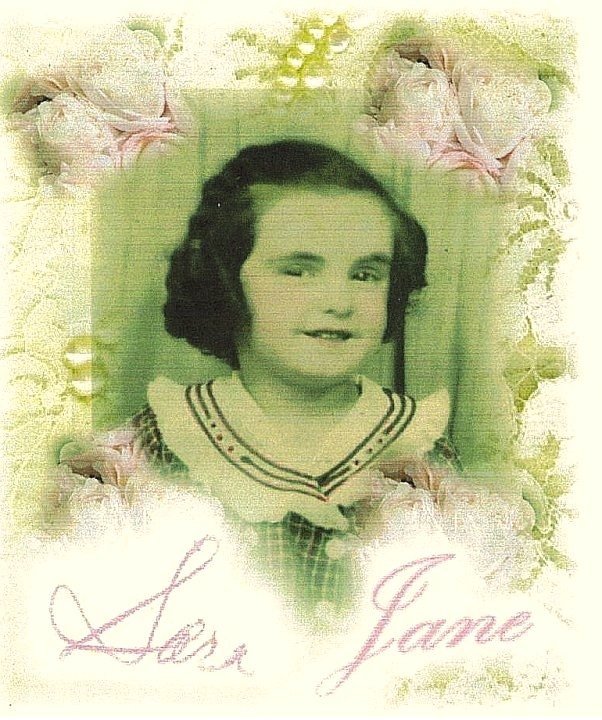The Art of Japanese Kutani Pottery and Porcelain: A Revered Japanese Art Form and Tradition
Kutani pottery and porcelain, a revered Japanese art form, has captured the hearts of collectors, enthusiasts, and art connoisseurs worldwide. Known for its distinctive designs, intricate hand-painted patterns, and vibrant colors, Kutani pottery has a rich history that stretches back centuries. In this article, we will explore the origins, history, notable manufacturers, different types of Kutani pottery, the production process, key features, and the enduring reputation it holds in the modern art and decorating world.
Kutani Porcelain Box - Exquisite !
Origin and History of Kutani Pottery
Kutani pottery finds its roots in the Kaga Province, which is now part of the Ishikawa Prefecture in Japan. Its origins can be traced back to the early 17th century when Goto Saijiro, a potter, discovered high-quality porcelain clay in the region. Soon, local artisans began experimenting with porcelain production, laying the foundation for what would become the illustrious Kutani pottery tradition.
The name "Kutani" is said to be derived from the name of the region and "ni," meaning "clay." Over the centuries, Kutani pottery has evolved through periods of prosperity and decline. It was at its peak during the late Edo period, with a diverse range of artistic styles.
Well-Regarded Manufacturers of Kutani Pottery
Several manufacturers have made a significant mark in the world of Kutani pottery and porcelain. Some of the most esteemed names include:
· Shoza Kutani: Established by Goto Saijiro, the pioneer of Kutani pottery, Shoza Kutani is one of the oldest and most respected kilns. Their distinctive designs are known for their intricate detailing and brilliant colors.
· Yoshidaya Kiln: This kiln is known for producing fine, delicate porcelain pieces with a focus on natural motifs like birds, flowers, and landscapes. Yoshidaya Kiln's creations exude elegance and sophistication.
· Kissho Kiln: Kissho Kiln is celebrated for its traditional Kutani-style pottery, often featuring bold reds, blues, and gold accents. They continue to produce pieces that capture the essence of the Kutani tradition.
Kutani Tea Pot
Simple and Elegant
Types of Kutani Pottery
Kutani pottery encompasses several distinct styles and types. These include:
· Aote Kutani: Known for its striking deep blue underglaze, Aote Kutani pottery often features scenic landscapes, including mountains, rivers, and bridges.
· Iroe Kutani: This style uses a vivid color palette, including red, green, yellow, and gold. Iroe Kutani pieces often feature auspicious motifs like dragons, phoenixes, and cherry blossoms.
· Ko-Kutani: Ko-Kutani, or "Old Kutani," refers to pottery produced during the early days of Kutani's history. These pieces are characterized by a simple, unglazed exterior and minimalistic designs.
Production Process of Kutani Pottery
The creation of Kutani pottery is a labor-intensive and meticulous process. It involves several stages:
Clay Preparation: Artisans source high-quality porcelain clay from the region, which forms the base of their creations.
Shaping and Forming: The clay is hand-formed or molded into the desired shape, such as vases, teapots, and plates.
Firing: The initial firing, called the bisque firing, is done at a lower temperature. After this, the pieces are glazed and undergo a second, higher-temperature firing to achieve their characteristic gloss and color vibrancy.
Painting: The intricate designs and patterns are hand-painted by skilled artisans. Brushes with fine, soft bristles are used to ensure precision.
Finishing Touches: Gold accents and detailing are added, enhancing the aesthetic appeal of the piece.
Final Firing: The pottery is fired again to set the painted designs and make them permanent.
What a Beautiful Kutani Vase!
Key Features of Kutani Pottery
· Kutani pottery is known for several key features that set it apart:
· Vibrant Colors: The use of bold, rich colors, including reds, blues, greens, and gold, creates an eye-catching and vibrant appearance.
· Intricate Detailing: Elaborate hand-painted patterns, often featuring nature-inspired motifs, showcase the remarkable skill of Kutani artisans.
· Gold Accents: Many Kutani pieces are adorned with gold accents, adding an element of luxury and opulence.
· Diverse Styles: The variety of Kutani styles, from Aote and Iroe to Ko-Kutani, ensures there's something for every taste.
Kutani Pottery in Modern Times
In the contemporary art and decorating world, Kutani pottery continues to command immense respect. Its fusion of traditional craftsmanship with modern aesthetics makes it a sought-after choice for collectors and interior designers.
VINTAGE JAPANESE KUTANI BOTTLE PITCHER EXQUISITE HAND-PAINTED DECORATION
Purchase this stunning Kutani pitcher in the Sara Jane’s Alley store! Click Here!
The timeless beauty of Kutani pottery fits seamlessly into various decor styles, from traditional to contemporary. Its use in tableware, vases, and decorative items elevates any living space, offering a touch of Japanese elegance and history.
Kutani pottery's enduring legacy is a testament to the skill, artistry, and dedication of its craftsmen. Its ability to adapt to the changing times while staying true to its rich tradition has allowed it to maintain a prominent position in the world of art and decoration, making it a beloved and cherished form of Japanese ceramic art.
The author generated this text in part with a version of Chat GPT, OpenAI’s large-scale language-generation model. Upon generating draft language, the author reviewed, edited, and revised the language to their own liking and takes ultimate responsibility for the content of this publication. This text may include some materials in a form protected by the fair use guidelines of Section 107 of the Copyright Act. All rights reserved to the copyright owners.




